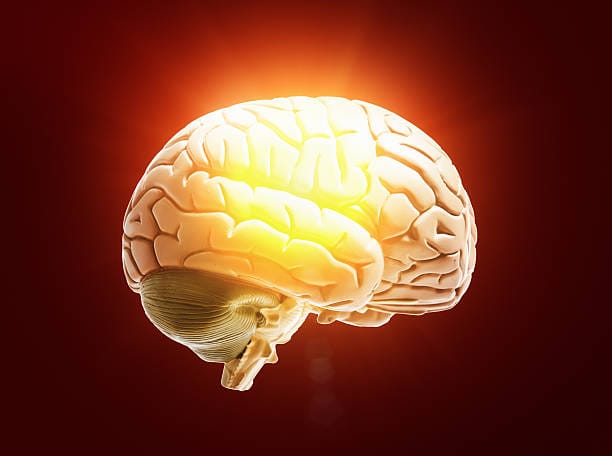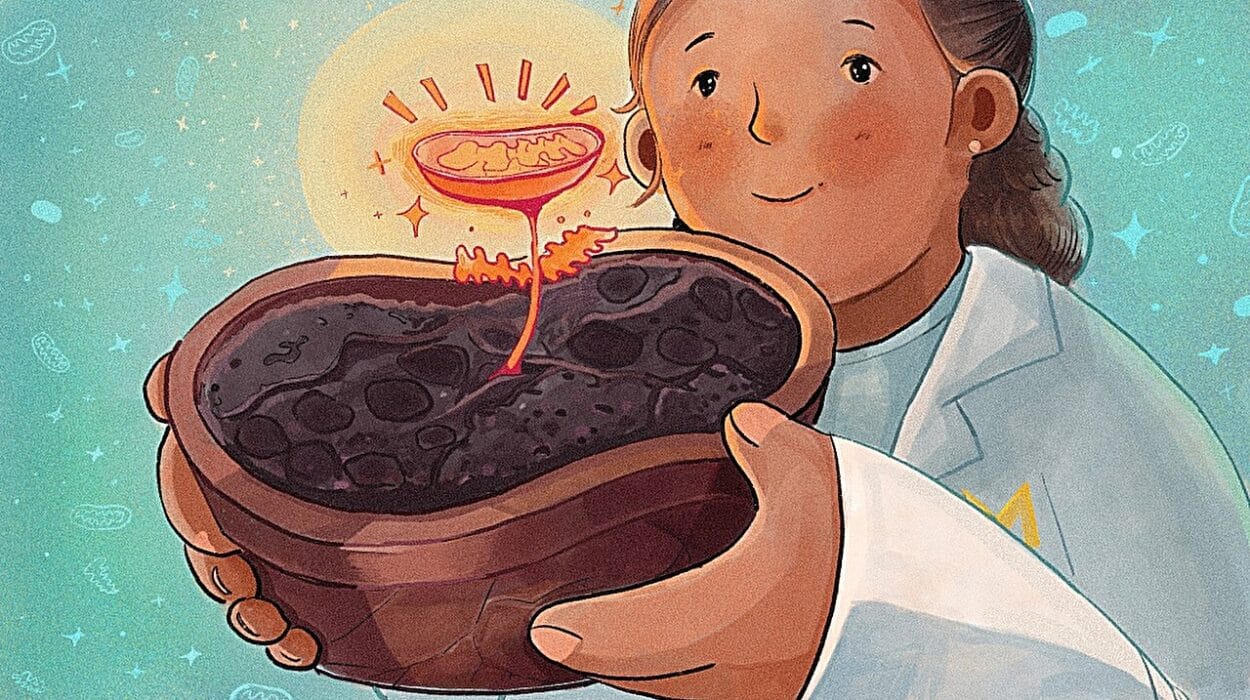Pain is one of the most primal and universal experiences of life. From the sting of a paper cut to the ache of a broken heart, pain weaves itself into every chapter of our existence. It is an ancient messenger, born from our evolution, sculpted by millions of years of survival, and encoded into our nervous systems to protect, to warn, to teach. It is not a flaw, but a feature—an urgent cry from our tissues to our consciousness that something is wrong, that danger is near, that damage has occurred.
But pain is not just a reflex. It is not just the flick of a hand away from a hot stove or the sharp gasp after stubbing a toe. Pain is processed, interpreted, amplified, diminished, and remembered—all by the brain. And in the brain, pain becomes more than just sensation. It becomes experience. It becomes emotion. It becomes part of the story of who we are.
Understanding how the brain handles pain is to understand not only the biology of suffering but also the psychology of endurance and the mystery of consciousness itself.
The Anatomy of Pain: From Skin to Synapse
When something harmful happens to your body—be it a cut, a burn, or an illness—it sets off a cascade of biological events that begins in your peripheral nervous system. Specialized nerve endings called nociceptors, found in your skin, muscles, joints, and organs, detect potentially damaging stimuli: heat, pressure, chemicals, inflammation.
These nociceptors don’t feel pain themselves. Rather, they act as sentinels, converting physical or chemical harm into electrical signals that travel along peripheral nerves toward the spinal cord. At the spinal cord—specifically, in the dorsal horn—these signals are sorted, filtered, and sometimes amplified. This is the first checkpoint in the brain’s pain-processing journey.
From the spinal cord, pain signals ascend through the spinothalamic tract, a highway of neurons that carries information to several key brain structures, including the thalamus, which acts like a relay station. The thalamus then distributes the signal to various brain regions, each of which contributes to how we experience pain.
This entire process can happen in milliseconds, especially when pain is acute and severe. But what the brain does next is much more complex—and far more personal.
The Brain’s Pain Matrix: Where Suffering Becomes Conscious
Once the thalamus receives incoming pain signals, it broadcasts them across a network of interconnected brain regions commonly known as the pain matrix. This isn’t a single “pain center,” but a symphony of areas working in concert. Each region adds a layer to our perception of pain:
- The primary somatosensory cortex (S1) tells us where the pain is located and how intense it is.
- The anterior cingulate cortex (ACC) gives pain its emotional tone—how distressing it feels.
- The insula helps integrate pain with bodily awareness and emotional states.
- The prefrontal cortex adds context, meaning, and memory to the experience. It allows us to reflect on what pain means, what caused it, and what to do about it.
Together, these regions transform raw nerve impulses into a deeply human experience. Pain becomes more than sensation—it becomes suffering. And suffering is not just about what happens to the body, but how the brain interprets it.
This is why two people with the same injury may report vastly different levels of pain. It is why fear, attention, memory, and even expectation can increase or decrease pain. The brain does not just receive pain—it creates it.
Acute Pain vs. Chronic Pain: A Biological Betrayal
Acute pain is like a fire alarm: loud, insistent, impossible to ignore. It warns us of immediate danger. A sprained ankle, a toothache, a burn from the stove—these pains are part of a protective system meant to alert us, keep us still, and prompt healing behaviors.
But sometimes, the alarm doesn’t shut off. Pain lingers long after the injury heals—or arises with no clear cause at all. This is chronic pain, a condition that affects over 1.5 billion people worldwide and resists the tidy narratives of cause and effect.
In chronic pain, the brain’s pain-processing system becomes hypersensitive. Nerves that once needed a hard slap to react now respond to a light touch. In some cases, the spinal cord amplifies signals unnecessarily. In others, the brain itself creates pain in the absence of injury. This is known as central sensitization, and it’s like a stereo stuck on maximum volume.
Neuroimaging studies show that chronic pain is associated with long-term changes in brain structure and function. Areas like the prefrontal cortex and anterior cingulate cortex can shrink or reorganize. Pain, once a symptom, becomes a disease in its own right.
This neurological transformation explains why chronic pain is so difficult to treat. It’s not just in the body anymore—it’s in the brain.
The Role of Emotion, Attention, and Memory
Pain is not a purely physical phenomenon. The brain’s emotional centers are deeply involved in pain processing. The more anxious or depressed you are, the more intense your pain may feel. The more you fear it, the worse it gets.
The limbic system, especially the amygdala, plays a central role in the emotional coloring of pain. It heightens awareness of threats and adds urgency to pain signals. Meanwhile, the hippocampus helps encode pain-related memories, ensuring we don’t make the same mistakes again. Unfortunately, this also means traumatic pain can echo long after the injury ends.
Attention is another powerful modulator. When you focus on pain, it grows. When you’re distracted, it shrinks. The brain’s descending pain modulation system, which includes areas like the periaqueductal gray and rostral ventromedial medulla, can suppress incoming pain signals under the right conditions—like during a fight-or-flight response or intense concentration.
This is why athletes sometimes don’t feel pain until after a game, or soldiers don’t notice injuries until after a battle. The brain decides, moment to moment, what signals to prioritize. Pain is real—but it is not always a reliable mirror of bodily harm.
The Strange World of Phantom Limbs
Few phenomena reveal the brain’s role in pain more clearly than phantom limb pain. After a limb is amputated, many patients report vivid pain sensations—burning, itching, cramping—in the missing body part.
This is not psychological. It is neurobiological. The brain’s somatosensory map, which contains representations of the body, does not instantly update when a limb is removed. Neurons in the brain and spinal cord continue to fire, creating the illusion of pain in a body part that no longer exists.
This strange but common experience shows that pain does not always come from the body—it can come from the brain’s image of the body. Treatments like mirror therapy, which tricks the brain into seeing the missing limb, can sometimes reduce this pain, offering further proof of the brain’s creative role in shaping suffering.
The Placebo Effect: When Belief Becomes Biology
Perhaps the most astonishing evidence for the brain’s control over pain is the placebo effect. When people believe they are receiving pain relief—be it a sugar pill, saline injection, or fake surgery—their brains can release endorphins, dopamine, and opioids that genuinely reduce pain.
Neuroimaging studies show that placebos activate the same brain areas as real painkillers. The expectation of relief triggers the brain’s own pharmacy. This is not imaginary relief—it is a biological reality created by belief.
The placebo effect challenges our assumptions about medicine and mind. It suggests that perception, hope, and trust are not just psychological—they are physiological. The brain, when properly convinced, can heal itself.
The Social Brain and the Shared Pain of Empathy
Pain is not only something we feel—it’s something we witness, recognize, and respond to in others. Watching someone in pain can activate parts of our own pain matrix, particularly the anterior cingulate cortex and insula. This is the neural basis of empathy.
We flinch when others get hurt. We wince at stories of trauma. Our brains simulate the pain of others because we are social creatures, wired to care, to protect, to comfort.
This empathy can itself be painful. Caregivers of chronic pain patients often suffer psychologically. Doctors and nurses who witness pain daily can experience compassion fatigue. And people who lack empathy—such as those with antisocial personality disorder—often show reduced activation in these shared pain areas.
Empathy for pain is not just a virtue—it’s a neural function, rooted in our biology.
Pain and Consciousness: The Edge of What It Means to Be Alive
No scientific discussion of pain is complete without touching the question of consciousness. Pain is often used as a litmus test for awareness. Can a coma patient feel pain? Does a fetus experience it? Do animals suffer as we do?
These are not just ethical questions but neurological ones. The experience of pain requires both nociception (the detection of harmful stimuli) and sentience—a conscious mind capable of suffering. Pain is a subjective phenomenon. It is not enough to measure nerve signals; we must consider the internal experience.
This is why pain is so difficult to define—and why it is often underestimated in people who cannot communicate, such as infants, the elderly with dementia, or nonverbal individuals. It is also why machines, no matter how advanced, do not suffer. They may detect damage, but they do not feel it.
Pain, in this sense, reveals something profound about consciousness. It shows us that awareness is not neutral. It can hurt. It can cry out. It can demand attention. Pain is the price we pay for being alive, awake, and vulnerable in a dangerous world.
Treating Pain: From Ancient Remedies to Brain-Targeted Therapies
Human beings have been trying to manage pain for millennia. From herbal poultices to acupuncture to modern pharmaceuticals, the quest to reduce suffering is as old as civilization itself.
Today, pain treatment is a vast field, ranging from over-the-counter analgesics to powerful opioids. Yet the rise of opioid addiction highlights the dangers of numbing pain without addressing its causes.
Newer treatments focus on the brain’s role in pain. Cognitive-behavioral therapy (CBT), mindfulness meditation, and biofeedback aim to change how patients think and feel about pain. Brain stimulation techniques, like transcranial magnetic stimulation (TMS) and deep brain stimulation (DBS), seek to alter the pain matrix directly.
There is growing interest in psychedelic therapy, which may help “reset” the brain’s networks in chronic pain sufferers. And technologies like virtual reality are being used to distract and rewire the brain’s attention systems.
In all these approaches, the goal is not to erase pain completely, but to reshape the brain’s relationship to it.
The Meaning of Pain: Beyond Biology
Pain is a deeply personal journey. It can break us, transform us, or sometimes both. Survivors of chronic pain often describe their ordeal in spiritual terms. Pain teaches vulnerability, patience, humility. It can isolate—but also connect. It can destroy—but also awaken.
The philosopher Friedrich Nietzsche once wrote, “To live is to suffer, to survive is to find some meaning in the suffering.” For many, that meaning comes from endurance, empathy, or the simple act of continuing despite the agony.
Understanding how the brain handles pain does not eliminate it. But it does give us a map—one that shows we are not helpless. We are not slaves to sensation. Our minds shape pain just as pain shapes our minds.
And in that truth lies hope.






